Buffalo Thorn Tree
- November 12, 2024
- 0 comment
The Buffalo Thorn Tree, scientifically known as Ziziphus mucronata, is a resilient and ecologically significant tree found across Africa.
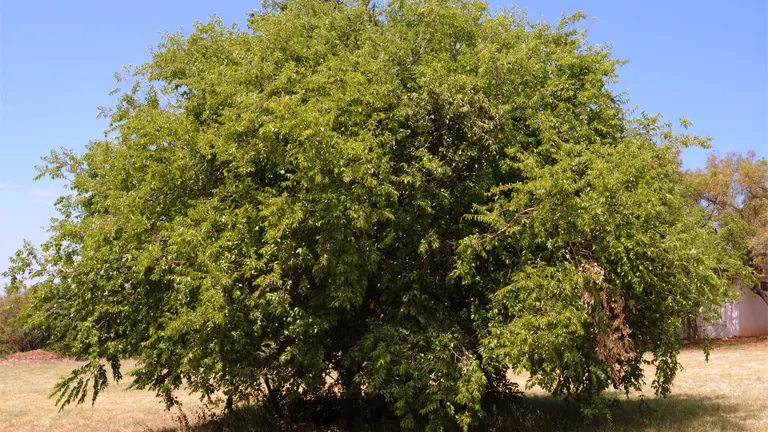
Known for its unique combination of thorny branches and sweet, nourishing fruits, this tree plays a vital role in local ecosystems by providing food and shelter for wildlife, aiding soil health, and supporting biodiversity.
The Buffalo Thorn Tree holds a distinct place in its natural habitat and has various uses in traditional medicine and community life, making it an important plant in both ecological and social contexts.
What Is a Buffalo Thorn Tree?
The Buffalo Thorn Tree, or Ziziphus mucronata, belongs to the Rhamnaceae family, which is commonly known as the buckthorn family. This species is easily recognizable by its zigzagging branches, alternately placed hooked and straight thorns, and dark green, shiny leaves. The leaves are oval with a smooth surface and wavy edges, and they often turn yellow before falling off, contributing to seasonal color changes in the landscape. Small, yellow-green flowers bloom on the tree, followed by round, edible fruit that starts out green and ripens to a reddish-brown.
The tree’s growth and resilience make it valuable in its native regions, and it often grows in areas with minimal water, making it highly adaptable to different climates. The Buffalo Thorn can live for decades, offering continuous ecological benefits.
Different Types of Buffalo Thorn Tree Species
The Ziziphus mucronata is the primary species within its genus known commonly as the Buffalo Thorn Tree. However, some variants can be observed depending on the region. Key variations within the species often include slight differences in leaf size, thorn structure, or fruit characteristics, but the ecological function remains largely the same across these variations.
Ziziphus Mucronata (Buffalo Thorn Tree)
Native to southern and eastern Africa, Ziziphus mucronata is known for its zigzag branches, dual thorns, and small, nutritious fruits that feed various wildlife. Highly drought-resistant, it thrives in savannas and woodlands, providing essential habitat and soil stability. It also has cultural significance in traditional medicine and community practices.
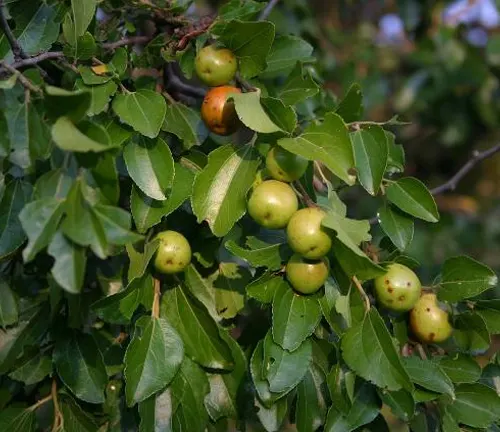
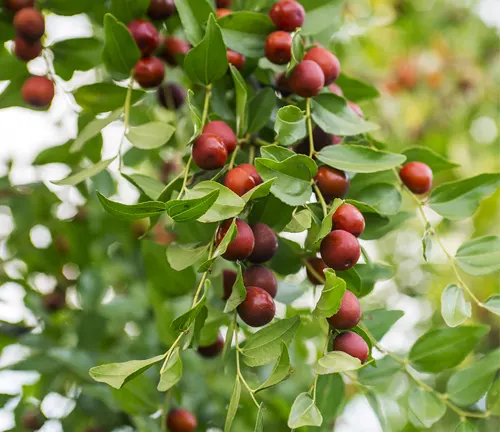
Ziziphus Jujuba (Chinese Jujube or Red Date)
Originating in China and parts of Asia, Ziziphus jujuba is valued both ecologically and economically. Its larger fruits are widely used in culinary and medicinal contexts, while the tree’s hardiness and drought tolerance make it ideal for various soils, where it aids in soil conservation and offers habitat for local species.
Ziziphus Spina-Christi (Christ’s Thorn Jujube)
Native to the Middle East, North Africa, and parts of Asia, Ziziphus spina-christi is well-suited to arid climates and provides essential shade, shelter, and soil stabilization in harsh environments. With historical and cultural significance, it also supports biodiversity by offering food and habitat for wildlife in its native regions.
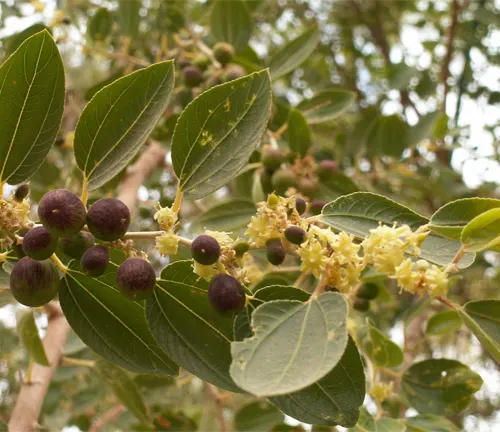
These trees are ecologically important in their native areas, providing a host of services from soil stabilization to habitat for numerous animal species.
Where Do Buffalo Thorn Trees Grow?
The Buffalo Thorn Tree is native to the African continent, particularly found in savannas, open woodlands, and semi-arid regions across southern and eastern Africa. It thrives in countries like South Africa, Zimbabwe, Namibia, and Botswana, where it has adapted to diverse climate conditions, from tropical to arid.
This tree is highly adaptable, growing in different soil types, including sandy, loamy, and even clay soils. Its drought resistance allows it to survive in areas with limited water, which is critical for the semi-arid regions it inhabits. The Buffalo Thorn Tree’s roots help stabilize the soil, reducing erosion, and its canopy offers shade and shelter to many animals.
How to Grow and Care for Buffalo Thorn Tree
The Buffalo Thorn Tree is relatively easy to grow and can be an excellent addition to home gardens in areas with similar climates to its native habitat. Here’s a basic guide:
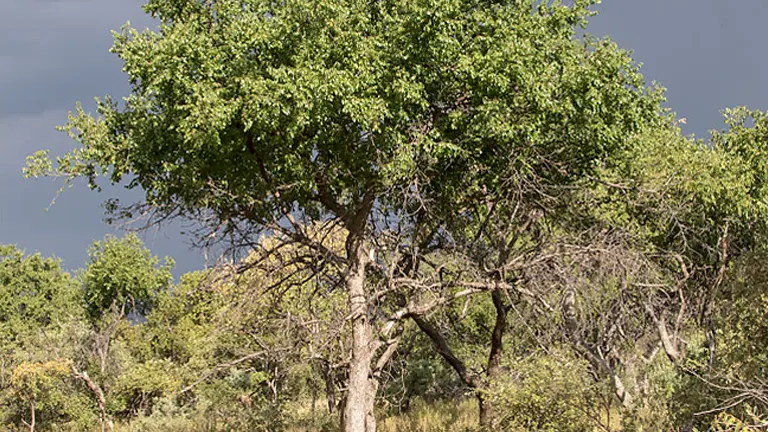
- Soil: Well-drained soil, preferably sandy or loamy. Avoid waterlogged conditions.
- Watering: Moderate water requirements; it’s naturally drought-tolerant once established.
- Sunlight: Full sun is ideal for growth and fruit production.
- Propagation: Can be propagated from seeds or cuttings. Seeds should be scarified and soaked before planting to improve germination.
- Maintenance: Minimal care is needed. Pruning can help shape the tree and remove any damaged branches. Regular monitoring for pests is recommended, although this tree is generally hardy.
With proper care, the Buffalo Thorn Tree can thrive in various landscapes, adding ecological value and a unique visual appeal.
Ecological Benefits of Buffalo Thorn Tree
The Buffalo Thorn Tree contributes significantly to its ecosystem:
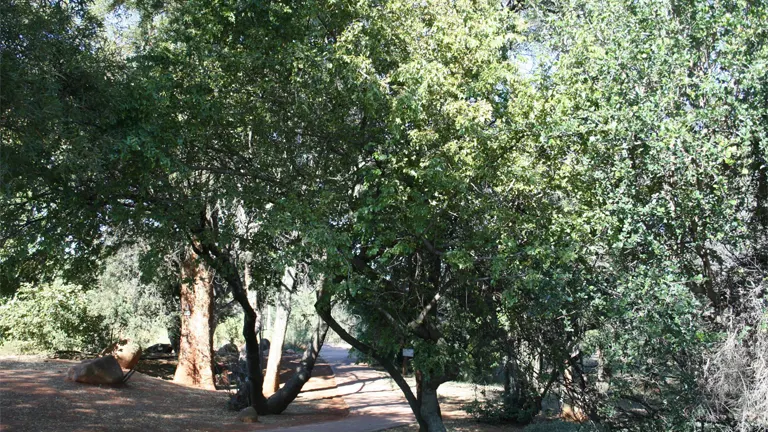
- Soil Quality: The tree’s deep roots prevent soil erosion, stabilize loose soil, and contribute to soil health by breaking up compacted layers.
- Habitat: It provides shelter for a variety of animals, including birds, insects, and small mammals.
- Food Source: Its fruits are eaten by humans, birds, and mammals, supporting biodiversity within its environment.
These benefits make it a valuable tree for ecological restoration projects in arid or semi-arid regions.
Buffalo Thorn Tree Flowering and Pollination
The Buffalo Thorn Tree typically flowers in late spring to early summer. Its flowers are small, greenish-yellow, and emit a mild, sweet scent that attracts pollinators like bees. These pollinators play an essential role in the tree’s reproduction, and in return, the tree provides them with nectar.
Pollination also supports surrounding plant species by maintaining a balanced ecosystem, as pollinators drawn to the Buffalo Thorn Tree often contribute to pollination in nearby flora.
Is Buffalo Thorn Tree Drought-Tolerant?
One of the Buffalo Thorn Tree’s standout features is its ability to withstand drought. Its roots penetrate deeply into the soil, reaching water reserves that other plants cannot access. This allows the tree to thrive in arid and semi-arid regions with limited rainfall. For those interested in planting this tree in dry climates, it requires minimal watering once established, and its natural resilience makes it a good choice for xeriscaping, or low-water landscaping.
Buffalo Thorn Tree and Wildlife Interactions
The Buffalo Thorn Tree supports various wildlife species. The tree’s dense foliage offers nesting sites for birds, and its fruit is a vital food source for animals like monkeys, birds, and even certain antelope species. Additionally, its thorns provide a level of protection from herbivores, allowing smaller animals to find safe shelter within its branches. In a symbiotic relationship, some animals help disperse the tree’s seeds, contributing to the spread of this valuable species across the landscape.
Conclusions
The Buffalo Thorn Tree, Ziziphus mucronata, is a remarkable species that embodies resilience, ecological value, and social significance. Its ability to adapt to different climates, combined with its support for soil health and biodiversity, makes it a cornerstone in its native environments. Not only does this tree play a role in preventing soil erosion and supporting local wildlife, but it also provides a valuable resource for communities who use it for food, medicine, and shelter.
By understanding and conserving the Buffalo Thorn Tree, we ensure the health of ecosystems where it thrives and support biodiversity and environmental resilience in the face of changing climates.
Frequently Asked Questions (FAQs)
- What is the Buffalo Thorn Tree?
The Buffalo Thorn Tree (Ziziphus mucronata) is a resilient tree native to Africa, known for its unique thorns, edible fruit, and ecological benefits. - Where does the Buffalo Thorn Tree grow?
This tree thrives in southern and eastern Africa, especially in savannas, woodlands, and semi-arid regions. - What are the uses of the Buffalo Thorn Tree?
It provides food and shelter for wildlife, stabilizes soil, and is used in traditional medicine and cultural practices. - How does the Buffalo Thorn Tree support wildlife?
Its leaves, fruits, and branches offer food and habitat for various animals, including birds, insects, and small mammals. - Is the Buffalo Thorn Tree drought-tolerant?
Yes, it is highly drought-resistant and can survive in harsh, arid conditions due to its deep root system. - Can I grow a Buffalo Thorn Tree at home?
Yes, it can be grown in well-drained soil with full sun, and is relatively low-maintenance once established.
We hope this guide has highlighted the unique value of the Buffalo Thorn Tree. Have insights or experiences with this remarkable tree? Share your thoughts below! Help spread awareness by sharing this guide with others passionate about conservation and biodiversity.




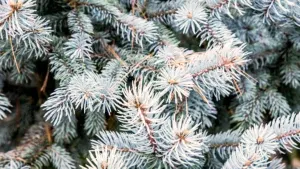


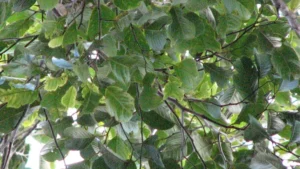
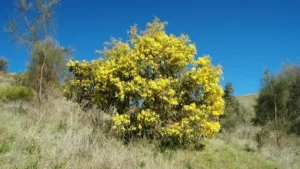
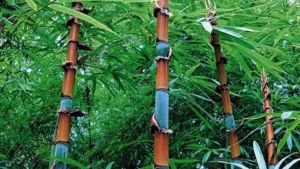
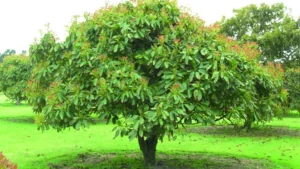

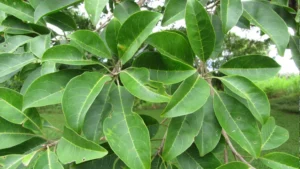

Leave your comment